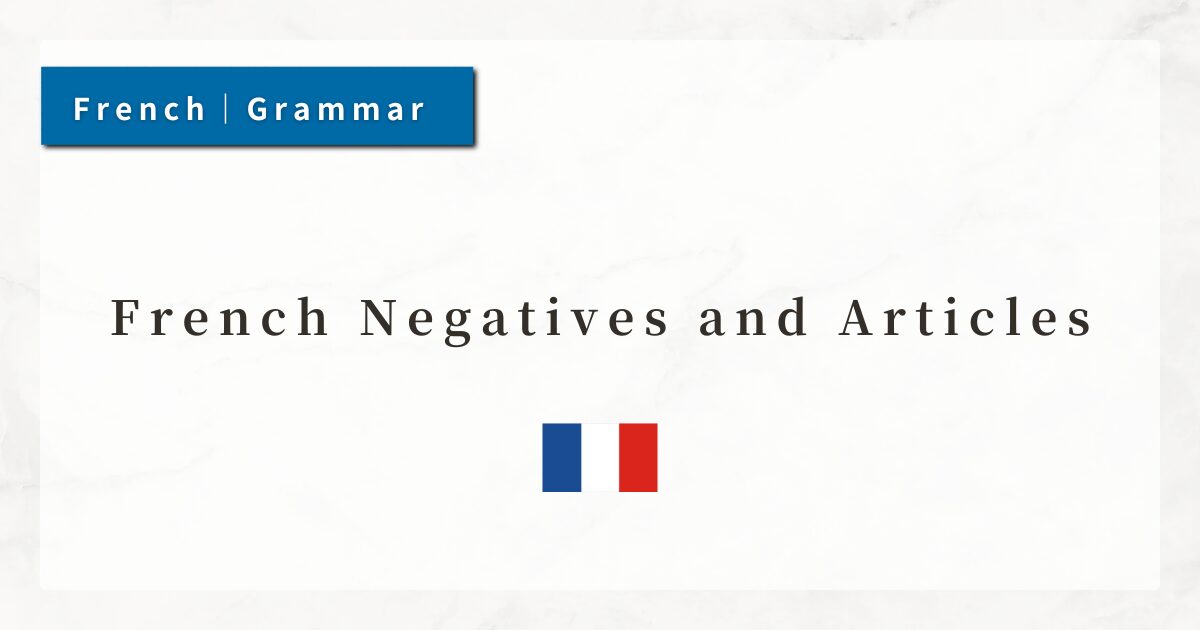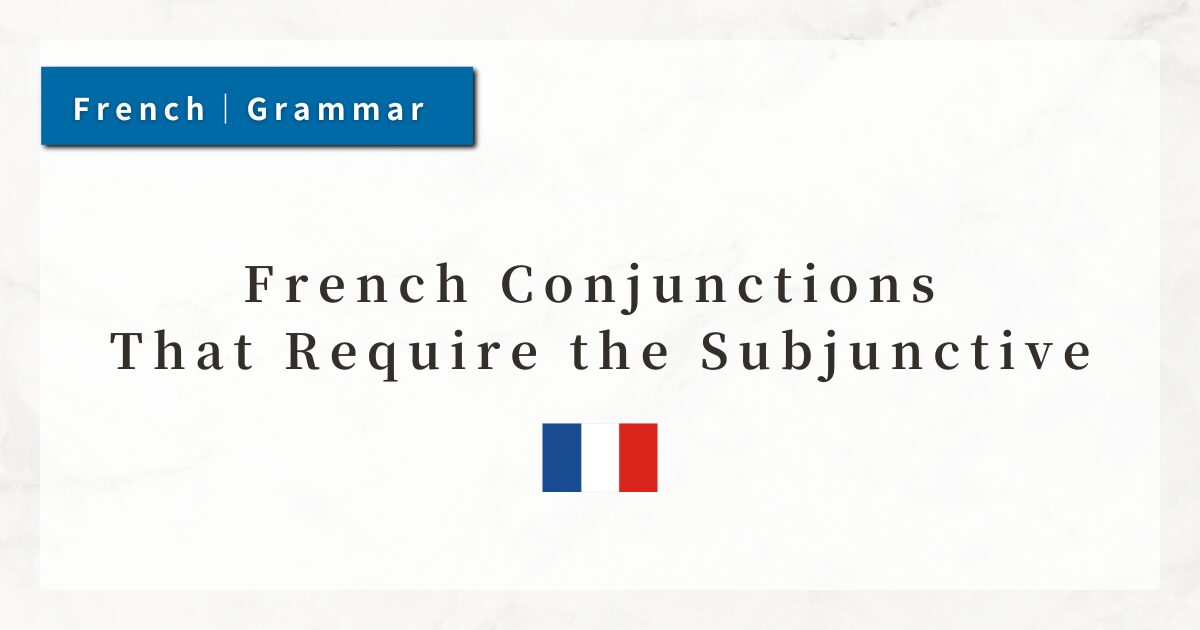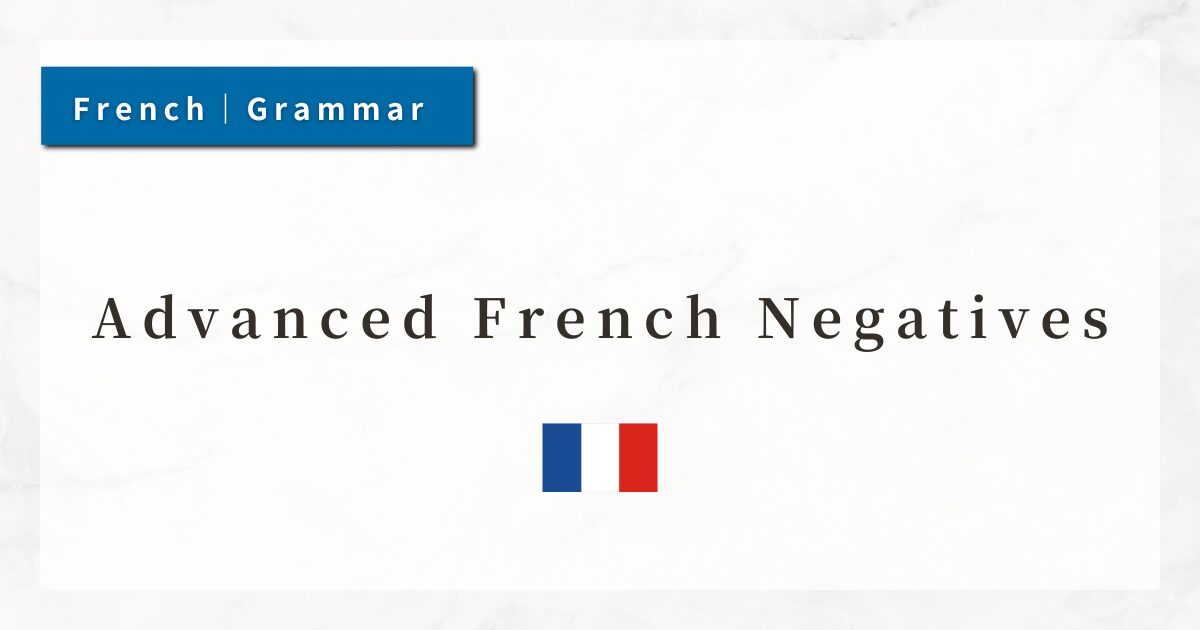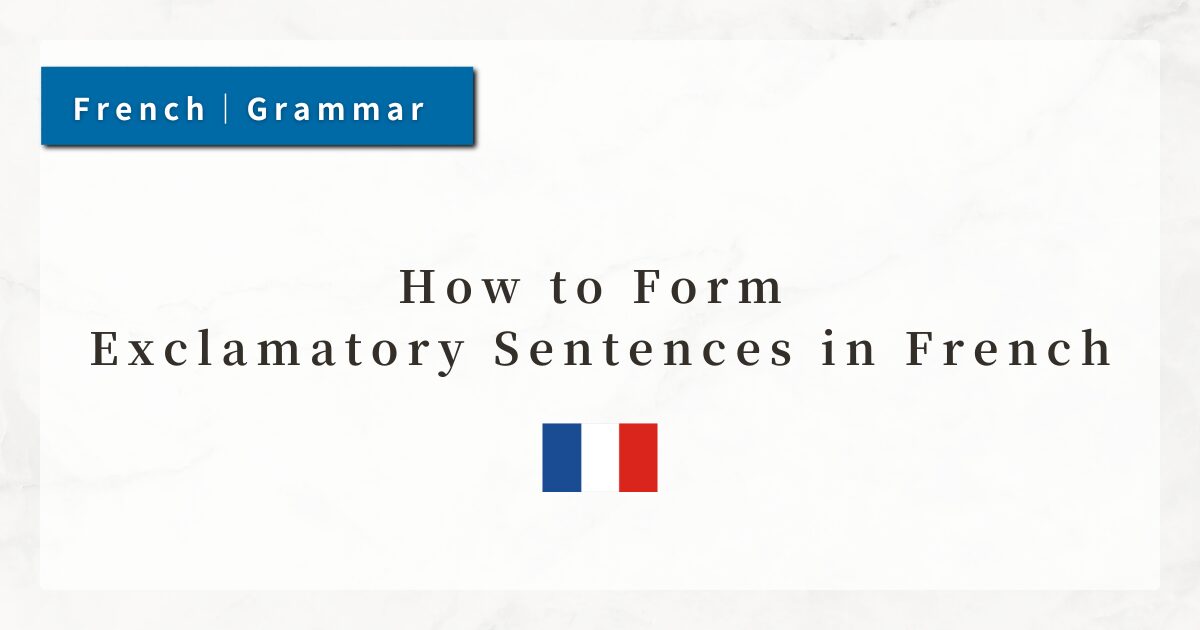#34 Emphasis Structure “C’est … que / qui” | Rules and Expressions Explained
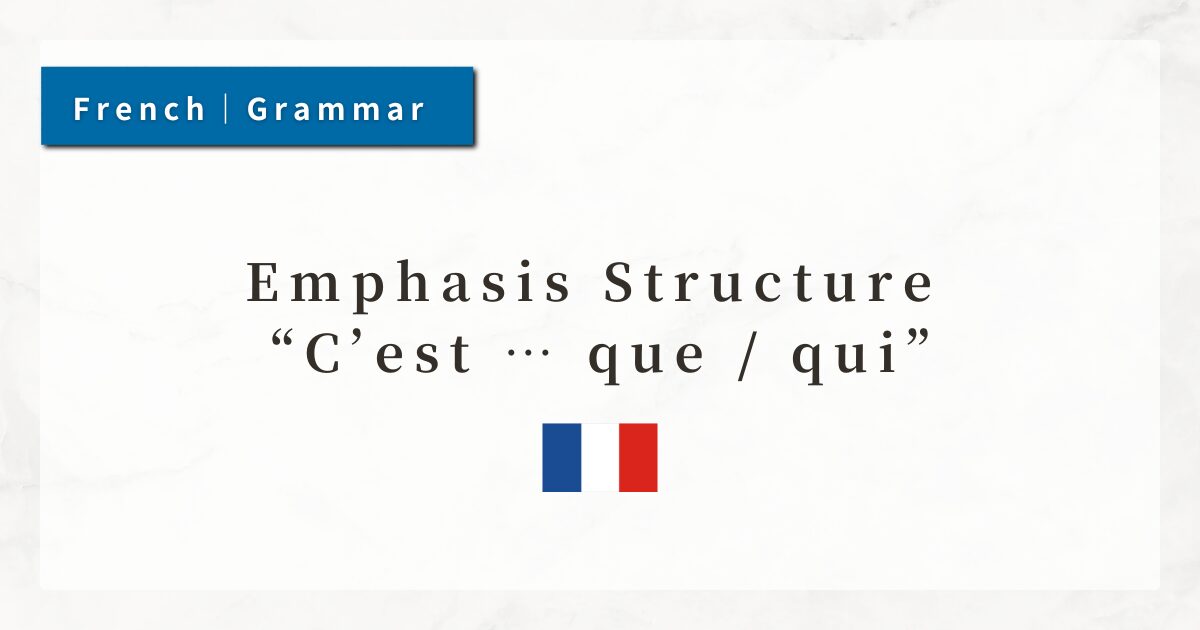
In French, there is a special construction used when the speaker wants to emphasize a particular element within a sentence. This is called the emphatic construction: “C’est ~ que / qui ~.”
By using this structure, you can highlight the subject, the object, the time, the place, or other elements of the sentence. It is similar to the English expression “It is ~ that …”, but in French it is more natural and frequently used.
In this lesson, I will explain the structure of this construction, its usage patterns, and the nuances it conveys.
1. Basics of the Emphatic Construction
1-1. What Is the Emphatic Construction?
The emphatic construction is used when you want to draw attention to a specific part of a sentence. For example, you may wish to emphasize who did something, what was done, when, or where.
- Basic structure:
C’est + [element to emphasize] + que / qui + [rest of the sentence]
This construction breaks down the original sentence and rearranges it into the form “C’est ~ que / qui ~”, allowing the speaker to focus attention on the chosen element.
1-2. Difference Between qui and que
In the emphatic construction “C’est ~ que / qui ~”, you must distinguish between the two relative words qui and que.
| Relative word | Element emphasized | Role in the sentence |
|---|---|---|
| qui | subject | Used when the emphasized word is the subject (the doer of the action) |
| que | object, time, place, etc. | Used when the emphasized element is anything other than the subject (object, adverbial phrase, prepositional phrase, etc.) |
2. How to Form the Construction
- Start with a basic sentence.
→ Je vois Paul. (I see Paul.) - Select the element you want to emphasize.
In this case: “Paul” (object). - Reconstruct using C’est ~ que.
→ C’est Paul que je vois.
(It is Paul whom I see.)
By simply moving the chosen element to the front and fitting it into the “C’est ~ que / qui ~” structure, you can naturally shift the focus of the information.
3. Application in Negative and Interrogative Sentences
The emphatic construction can be used not only in affirmative sentences but also in negative and interrogative forms.
- Negative form:
Ce n’est pas Paul que j’ai vu.
(It was not Paul whom I saw.)
→ Used to correct a misunderstanding. - Interrogative form:
Est-ce que c’est aujourd’hui que tu pars ?
(Is it today that you are leaving?)
→ Perfectly natural in questions.
4. Summary
- The French emphatic construction (C’est ~ que / qui ~) is used to highlight a part of the sentence such as the subject, object, time, or place.
- Use qui when the emphasized element is the subject.
- Use que when the emphasized element is the object or another element (adverbial, prepositional phrase, etc.).
- After qui, a verb follows; after que, a “subject + verb” follows.
- This structure is also used in negative and interrogative sentences, making it an important feature that broadens the expressive range of French.

